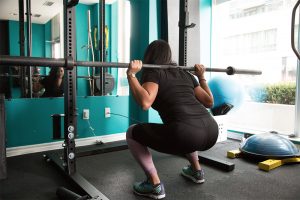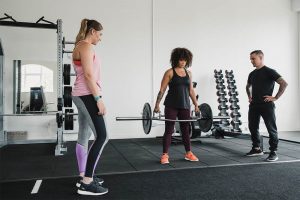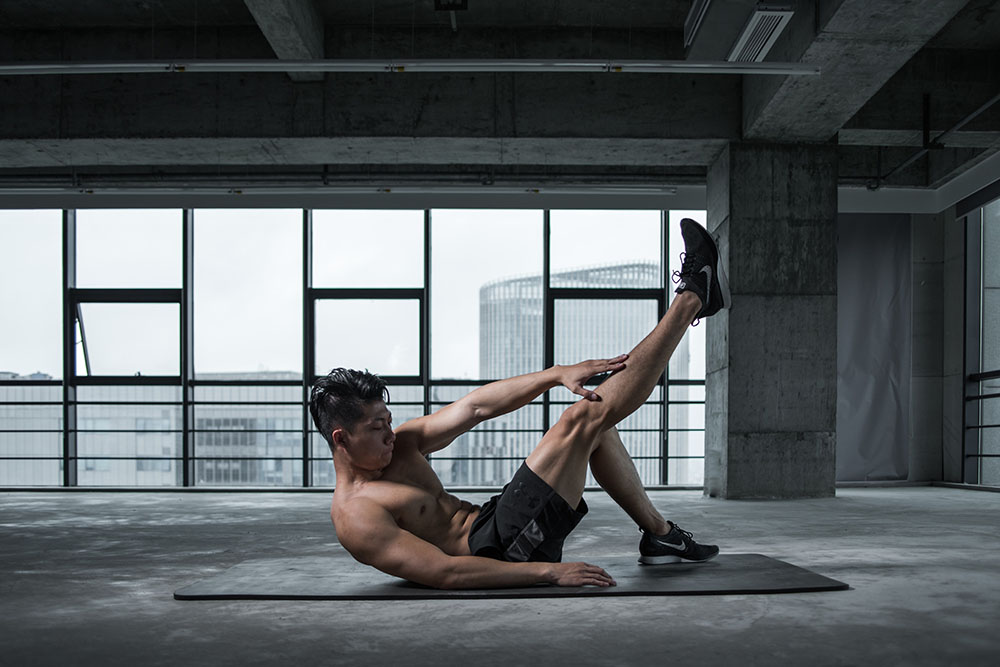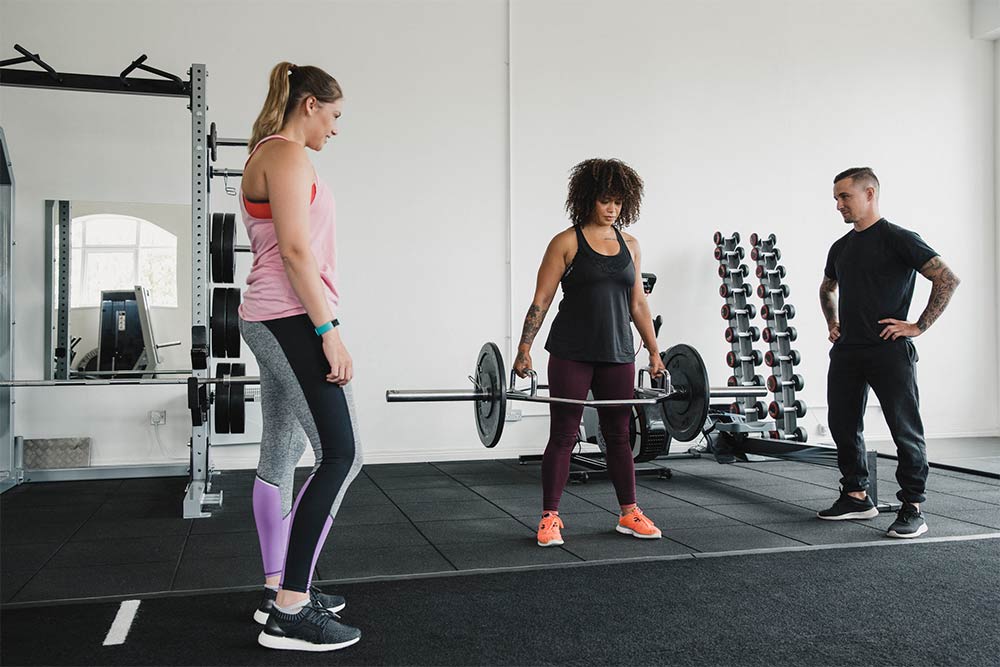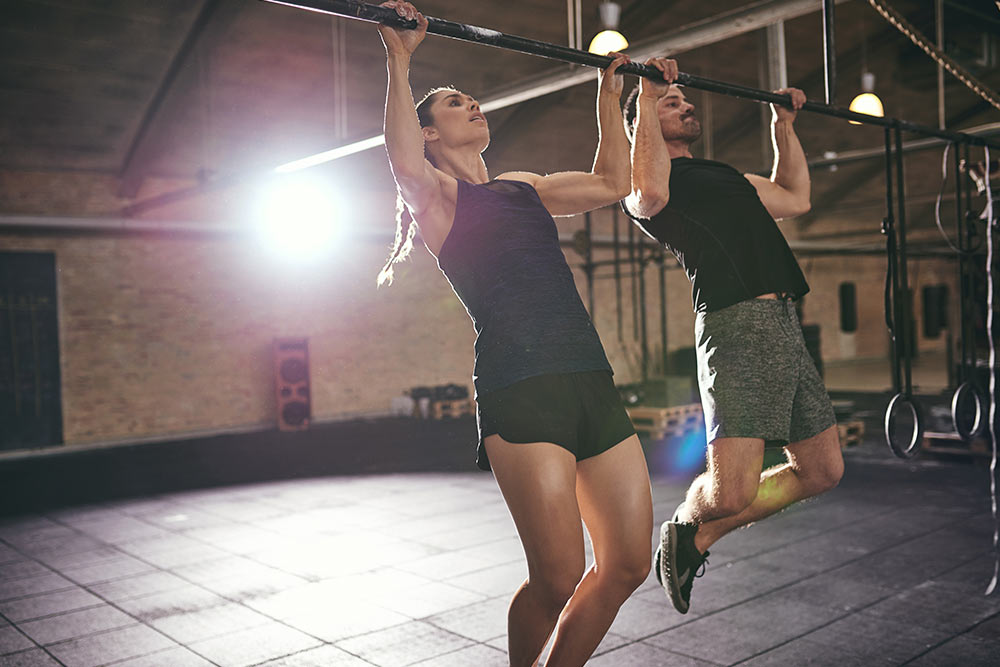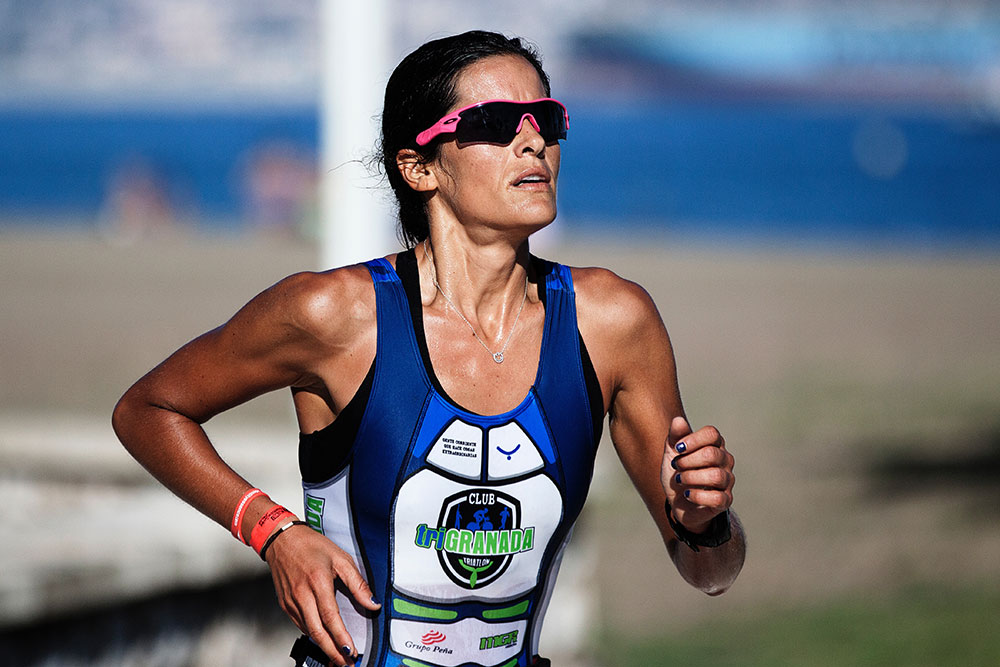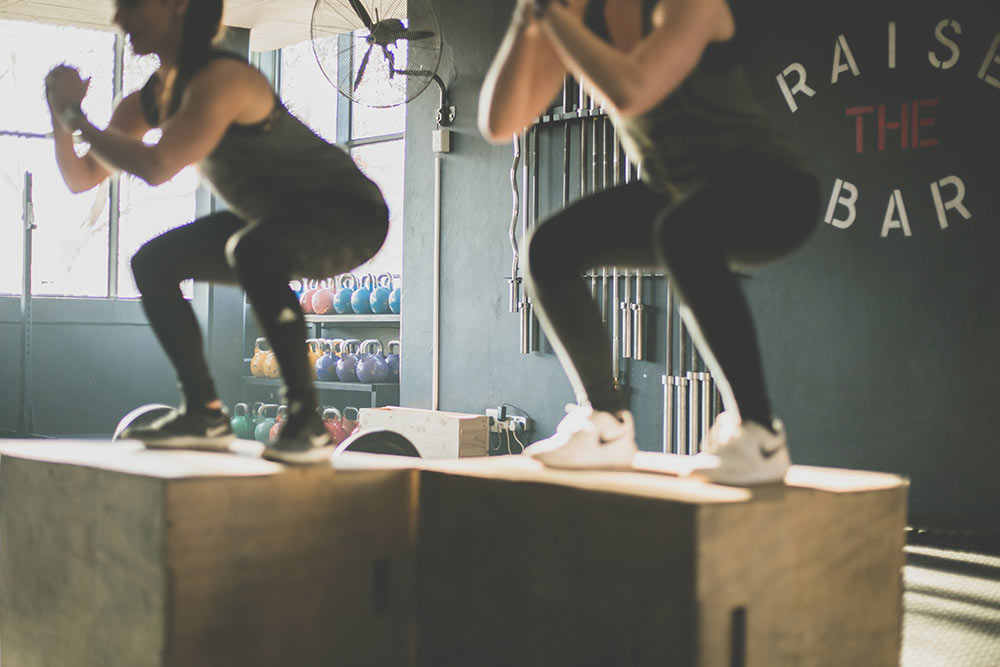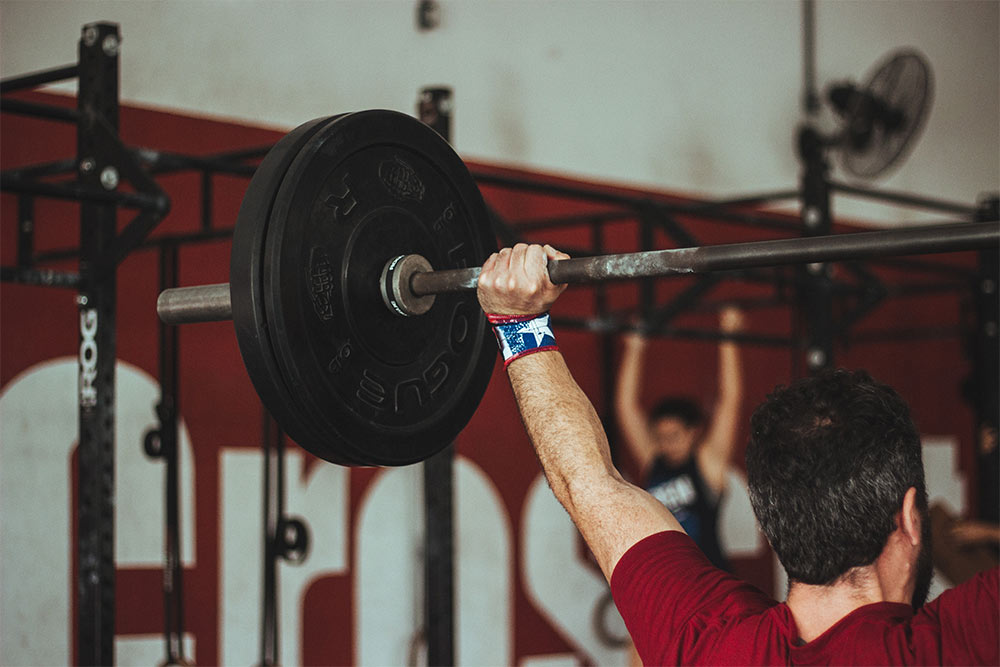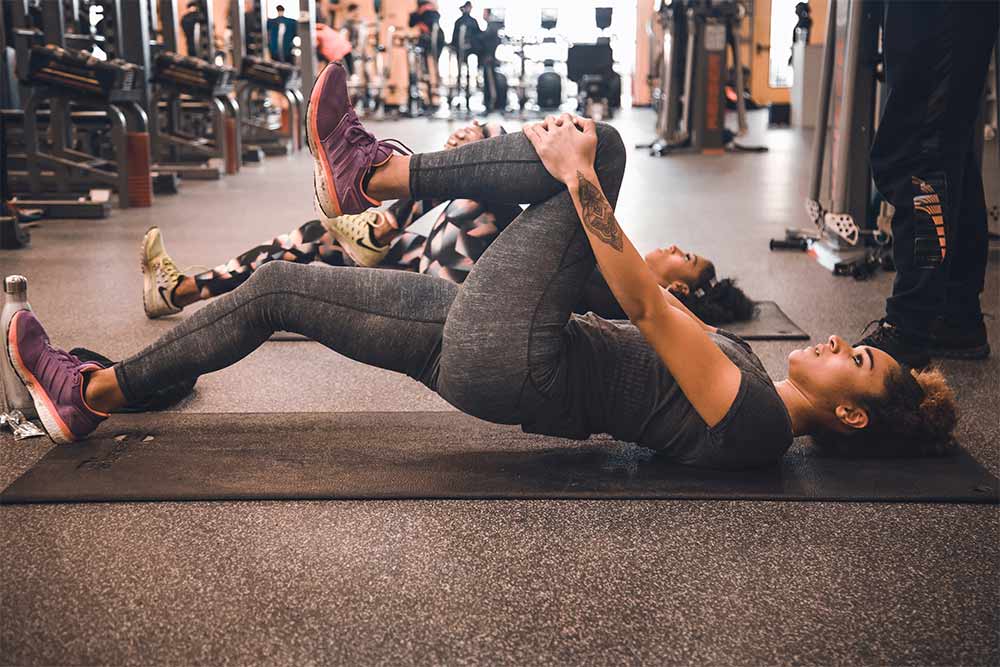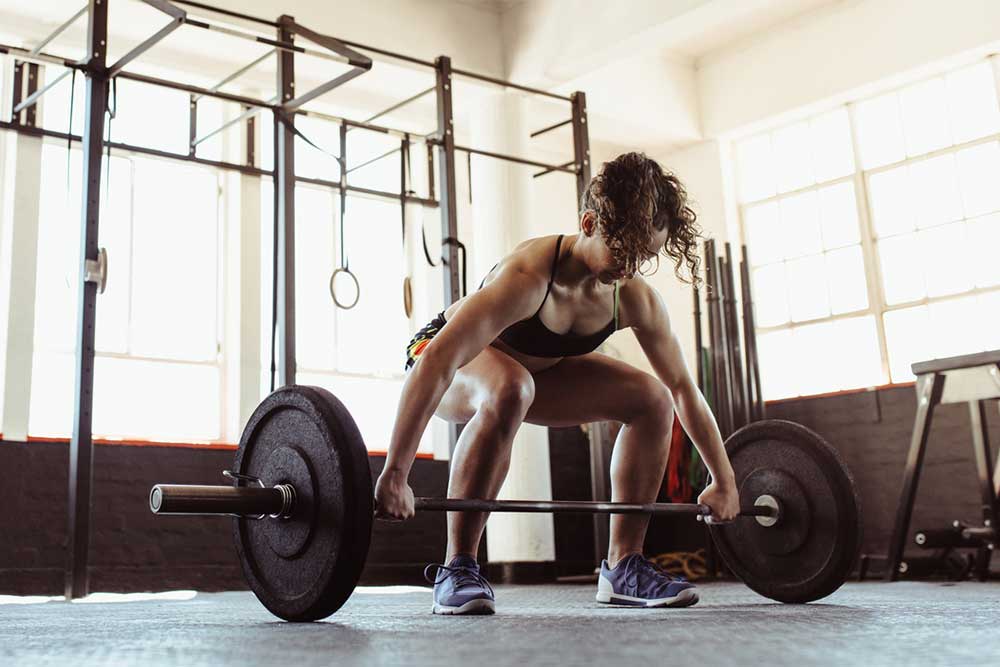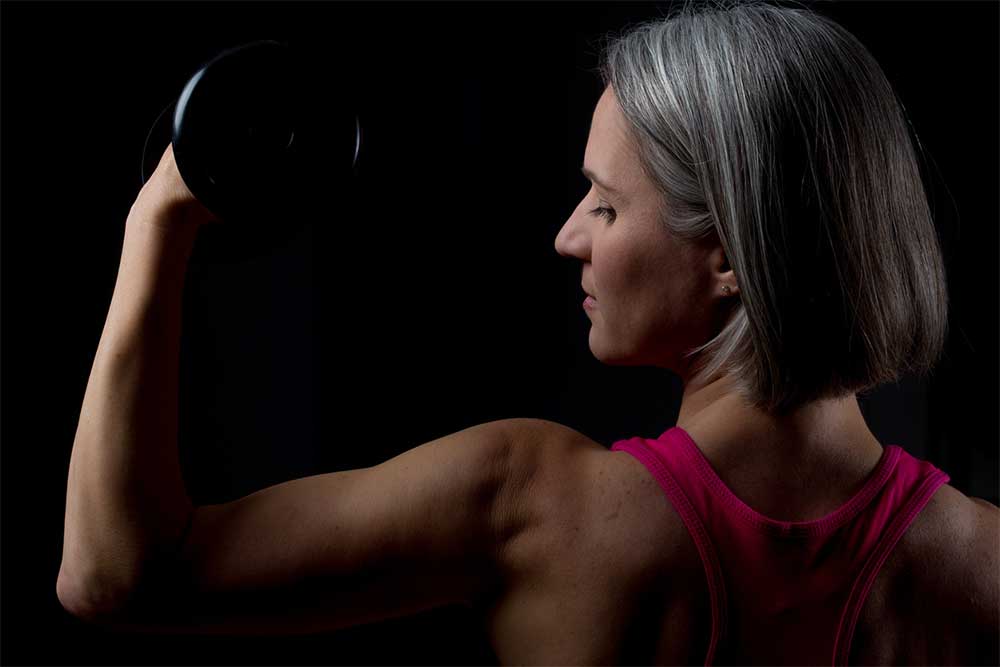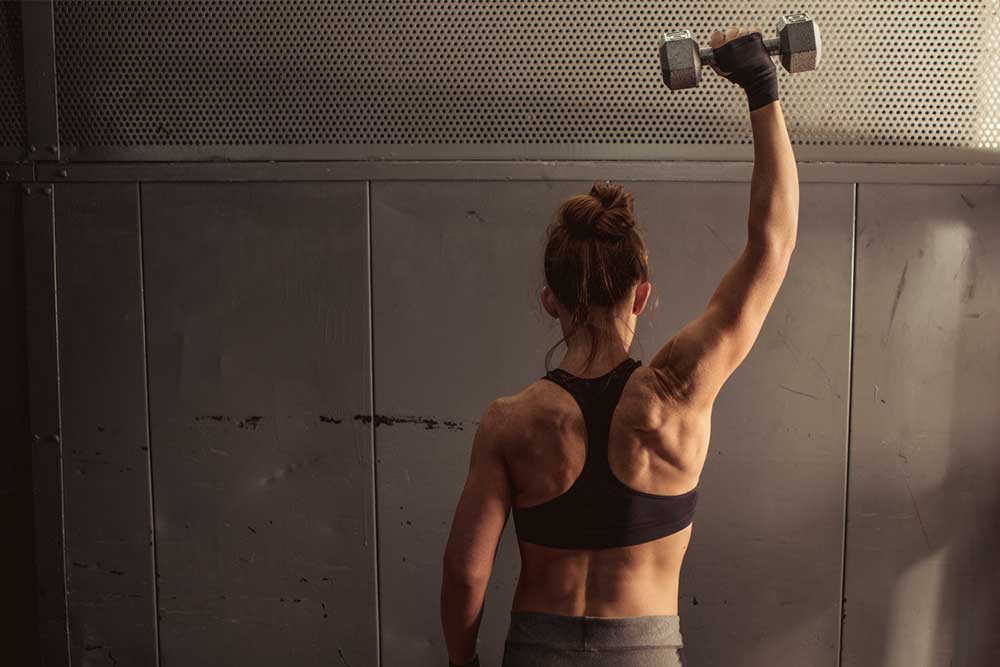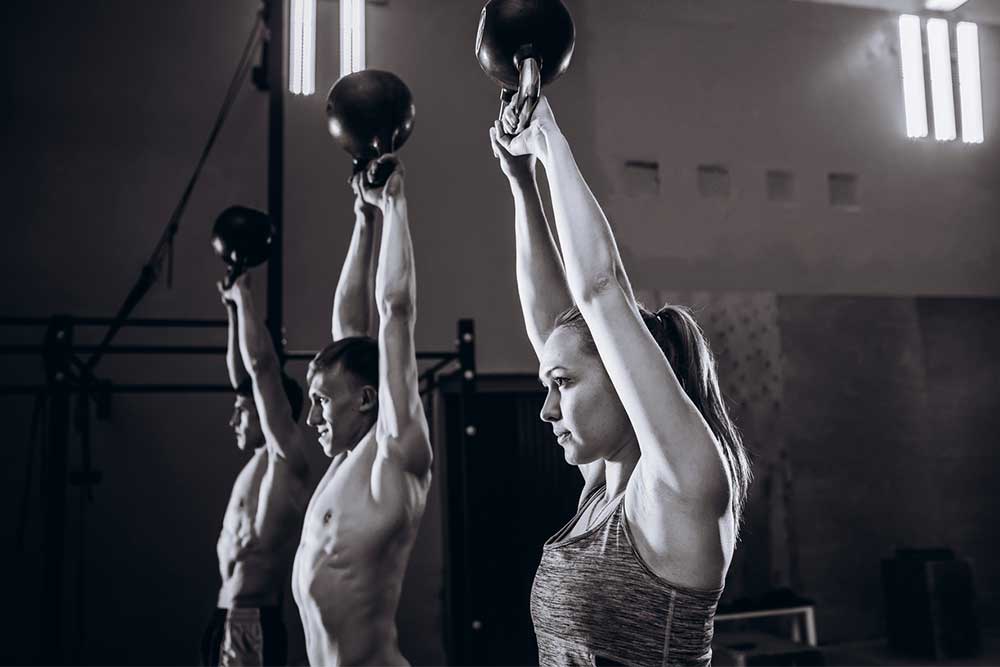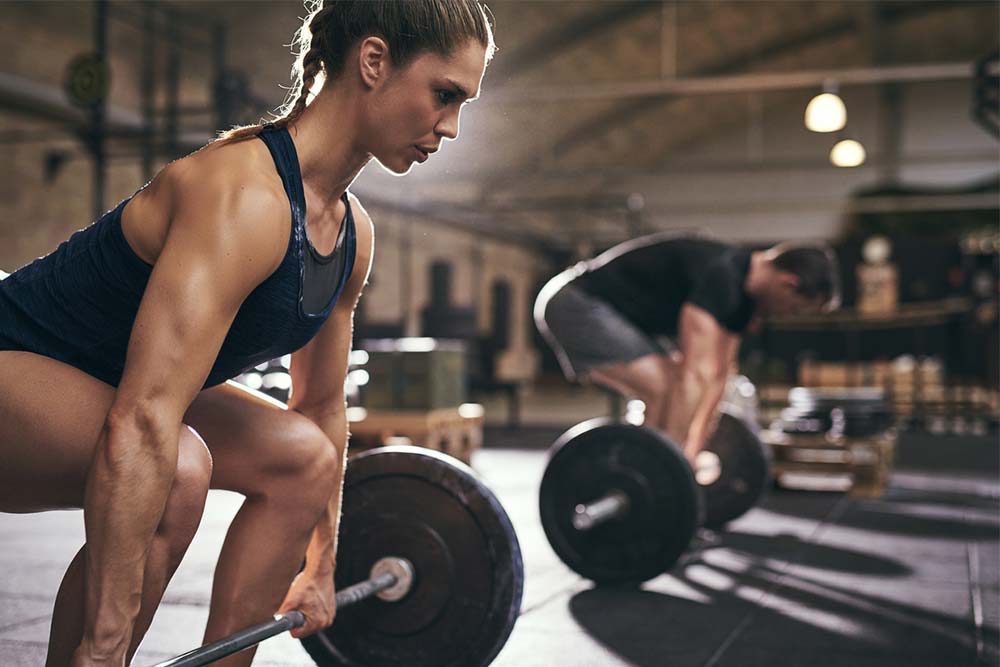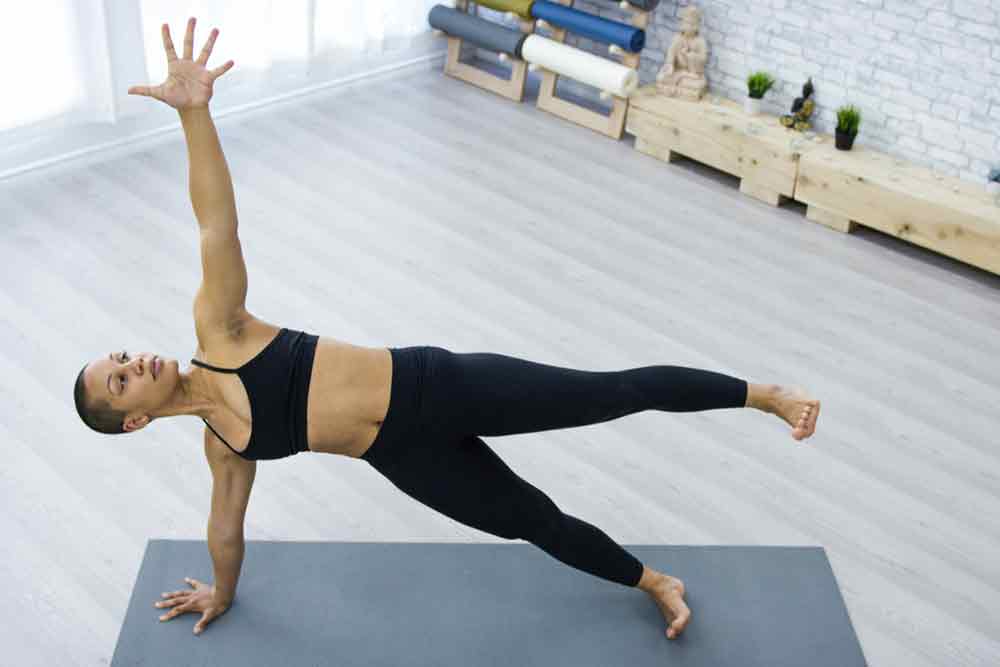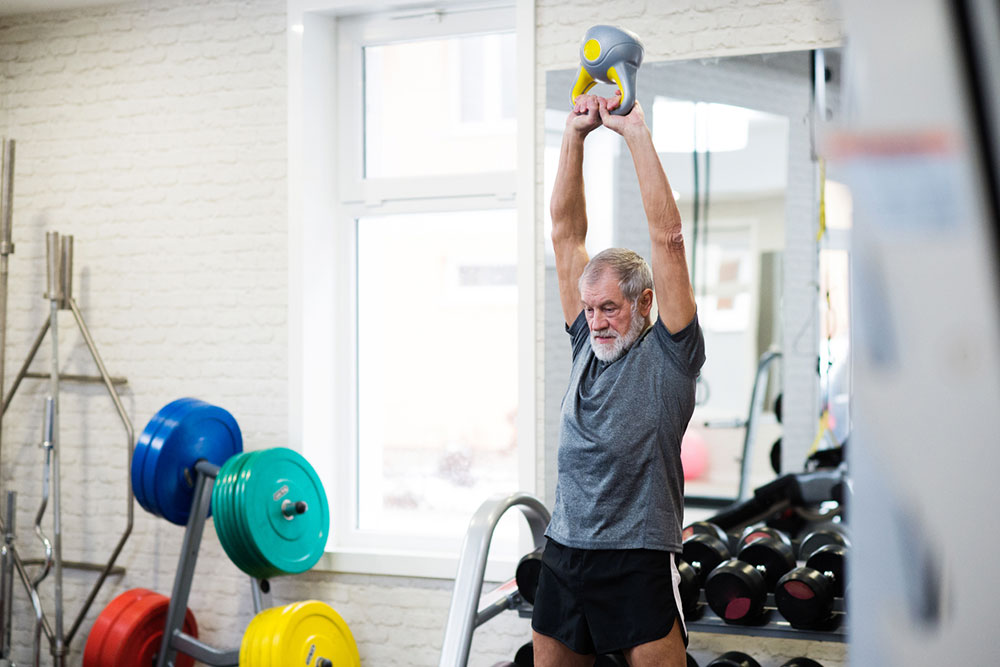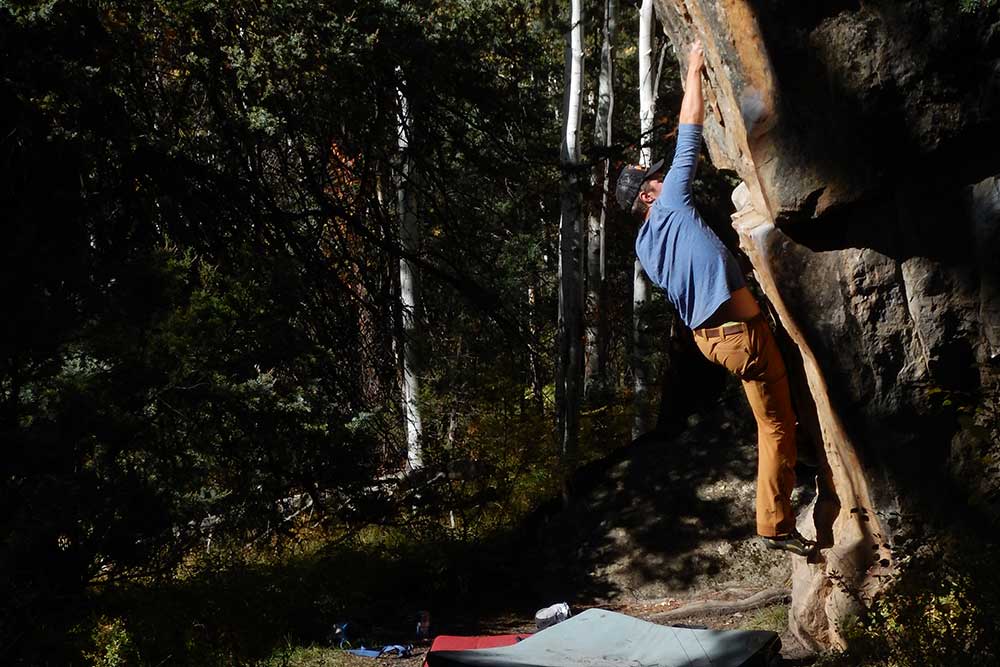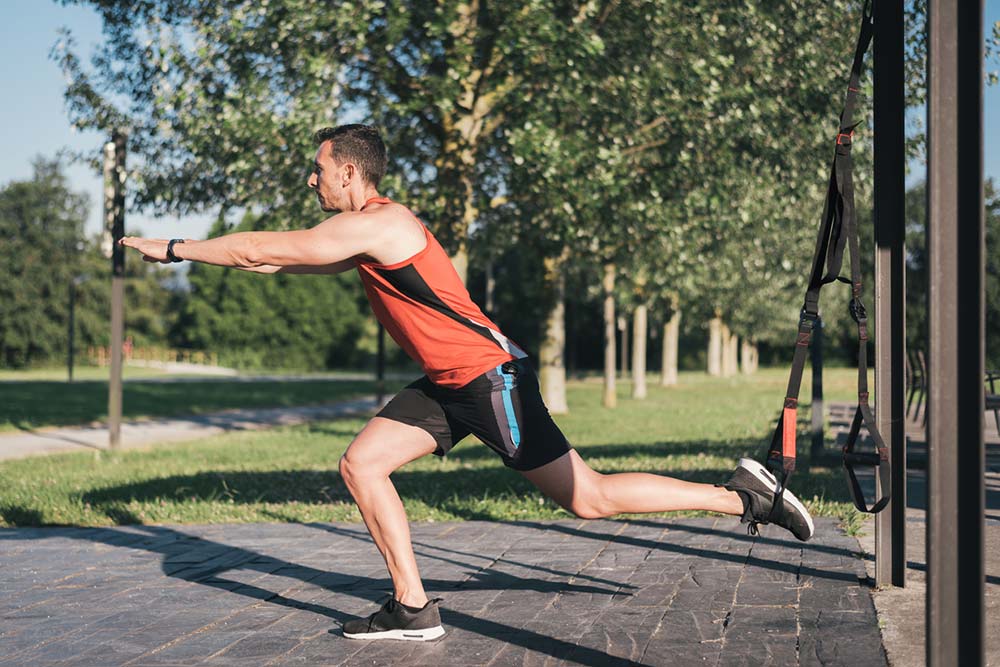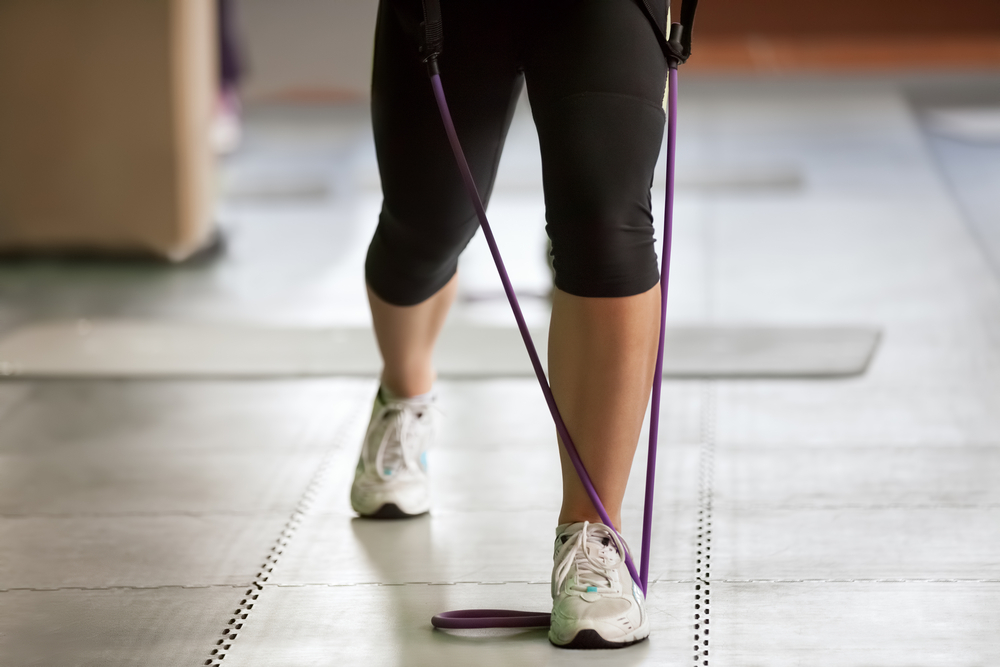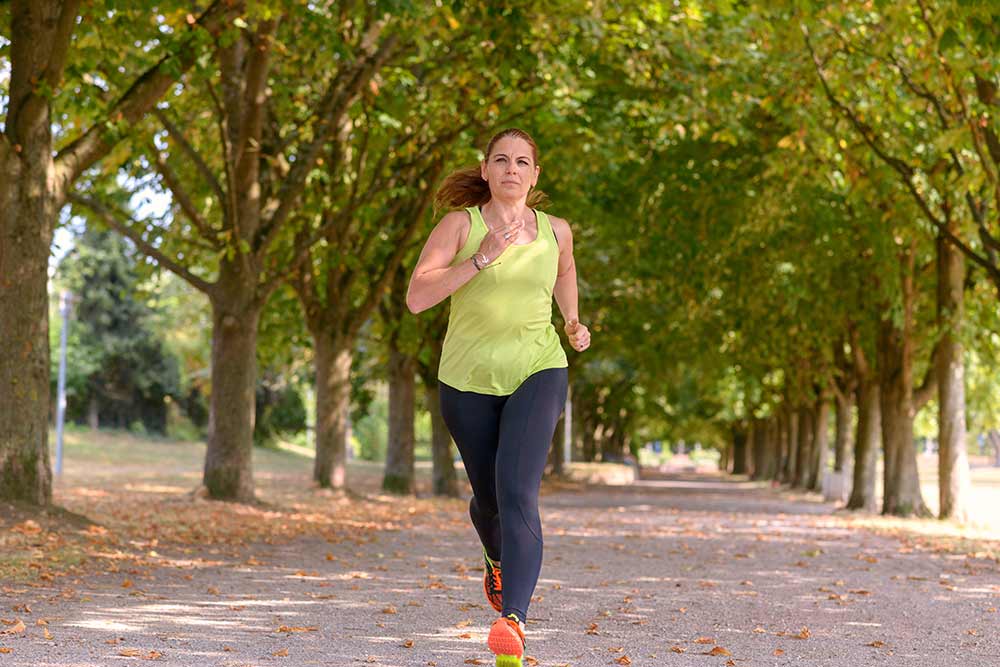Does Using A Full Range of Motion Increase Muscle Growth?

I am sure you have seen one of those videos pop up on your newsfeed before.
You know the ones I am talking about – where some guy in a squat rack loads up a bar with over 600 pounds, un-racks it very unsteadily, and then proceeds to perform 3-5 of the shallowest squats you have ever seen.
Hell, you really can’t even call them squats – more like ‘knee bends’, I guess.
Now, we know just by looking at something like this that there is not a whole lot of benefit for muscle growth here – but does that necessarily mean that you need to use full range of motion (like an ass to grass squat, for example) to receive all the benefits?
Full range of motion vs. partial range of motion
In an exercise setting, range of motion (or ROM, for short), essentially describes the degree of movement that occurs at a joint during exercise performance.
With this in mind, we can perform movements with wither a full range of motion or a partial range of motion.
What is full range of motion?
Performing an exercise with full ROM simply describes when you take the joints involved in the movement through their absolute range.
Let’s jump back to the squat example used above.
When squatting, a full range of motion would see an extremely high amount of hip and knee flexion. As a result, the crease of your hip would drop below the top of your knee, and you would squat below parallel.
In the case of the bench press, a full ROM would be bringing the bar right down until it touches your chest (with the shoulder going through a its full ROM).
Pretty simple really.
What is partial range of motion?
Consequently, when performing an exercise with a partial ROM, you are only taking a joint through some of its available range.
For example, squatting until the knees reach only 60 degrees of flexion would be considered a partial squat. Similarly, bench pressing using a technique where you stop 2 inches above your chest would be considered a partial bench press.
In short, it is performing a movement using a reduced ROM.
Do different ranges of motion have different benefits?
It is commonly suggested that using a full ROM is better than using a partial ROM for every training outcome imaginable – but is this really the case?
Range of motion and strength
First and foremost, I want to talk about strength – which really highlights one of the main full range of motion benefits
Research has shown time and time again that strength adaptations are specific to the joint angle that is trained. Consequently, to improve strength throughout a joints full range of motion, training must use a full range of motion.
In fact, I want to highlight a rather famous study that demonstrated this quite clearly (Weiss, 2000).
In this study, they recruited a bunch of people, and then split them into two groups. One group trained with quarter squats for 9 weeks, while the other group trained with full ROM squats for 9 weeks.
At the end of the study, those who trained quarter squats only saw significant improvements in their quarter squat strength, and not their full squat strength. However, they group that trained using full ROM squats improved both their quarter and full squat strength.
In short, this suggests that training using a full ROM ultimately translates into greater improvements in functional strength.
Range of motion and muscle hypertrophy
While the effects of ROM on muscle strength are quite clear, research on muscle growth is a little more conflicting – and this is because an argument can be made for both.
On one hand, some people suggest that using a full ROM will promote greater stimulation of your muscle fibres, which will lead to greater muscle growth. However, on the other hand, some claim that using partial ROM will allow you to lift heavier, which is known to contribute to greater muscle growth.
So, what’s the deal – does ROM really have an impact?
Well, research suggests that it does, but not on every muscle group (Schoenfeld, 2020).
Evidence suggests that using a full ROM with lower body exercises does indeed lead to greater muscle growth of the legs. This means using full range of motion squats, deadlifts, lunges, knee extensions, and hamstring curls is essential.
Conversely, using a partial range of motion on upper body exercises appears to have the same effect as a full ROM when talking about muscle growth of the upper limbs. This means that when it comes to things like the bench press, rows, and arm isolation exercises, using both a full and partial ROM for different exercises is going to offer the most benefit.
All of which is very interesting if you ask me.
Related Article: Everything You Need to Know About Lifting to Failure
How to perform full range and partial range of motion
Earlier in this article I touched on the differences between a full and partial ROM – now, I want to outline some of my favourite full and partial range of motion exercises.
Best Full range of motion exercises
Here are, without question, my top four full range of motion exercises:
- Front squat: is a great exercise that allows you to keep an upright torso while you descend into a deep squat. I you want to well-developed quads and glutes, this is a must.
- Romanian deadlift: the Romanian deadlift takes the hip joint through a full range of motion, placing a huge amount of tension on the hamstrings and glutes. This is a great exercise to increase the size of your entire posterior chain.
- Dumbbell Bench press: bench pressing using dumbbells (rather than a barbell) allows your wrists to descend below the top of your chest. This increases the ROM at the shoulder, placing both the pectorals and triceps under greater load.
- Single arm dumbbell row: this is a fantastic exercise that allows you to get a nice stretch through the muscles of the back and biceps in the bottom position of the movement. This increased ROM is a sure-fire way to enhance the growth of these muscle groups.
Best Partial range of motion exercises
And now onto my favourite partial range of motion exercises:
- Box squat: this variation of the barbell back squat has you sitting back onto a box that is set to a height that allows you to get 90 degrees of knee flexion. By decreasing the ROM at the knee and forcing you to sit back more, you can use more weight than with a traditional back squat. This means that the box squat is a great exercise to target the glutes and quads.
- Rack pulls: this is a deadlift variation that has you commencing the movement with the bar set on blacks or pins at about knee height. Again, using a partial ROM allows you to use a lot more weight, which can enhance muscle growth of the traps, upper back, and posterior chain.
- Floor Press: this bench press variation has you setting up on the floor, rather than a bench. As a result, the ROM stops when your elbows contact the ground (about 2 inches higher than your chest). This allows you to put a lot of load through the pectorals and triceps, increasing muscle growth.
- T-Bar row: and lastly, we have the T-bar row. This is a bent-over rowing variation that uses a slightly limited ROM in the top position of the movement. This allows you to increase the weight used during the exercise, which places more mechanical tension on the lats and biceps – increasing the growth of the muscle groups.
Related Article: Grip Strength Is An Indicator of Whole Body Strength
Take Home Message
Range of motion is an important factor that needs to be considered, whether you are training for strength or muscle growth.
Research would indicate that if your goal is to improve functional strength, using a full ROM is a must. However, if your goals are muscle growth, using a combination of full and partial ROM is going to be your best bet – especially with the upper body.
So, give the exercises in this article a go and let us know what you think – we always love to hear from you.
References
Weiss, L et al. “Comparative effects of deep versus shallow squat and leg-press training on vertical jumping ability and related factors.” The Journal of Strength & Conditioning Research 14.3 (2000): 241-247.
Schoenfeld, Brad J., and Jozo Grgic. “Effects of range of motion on muscle development during resistance training interventions: A systematic review.” SAGE Open Medicine 8 (2020): 2050312120901559.
You Might Like:


